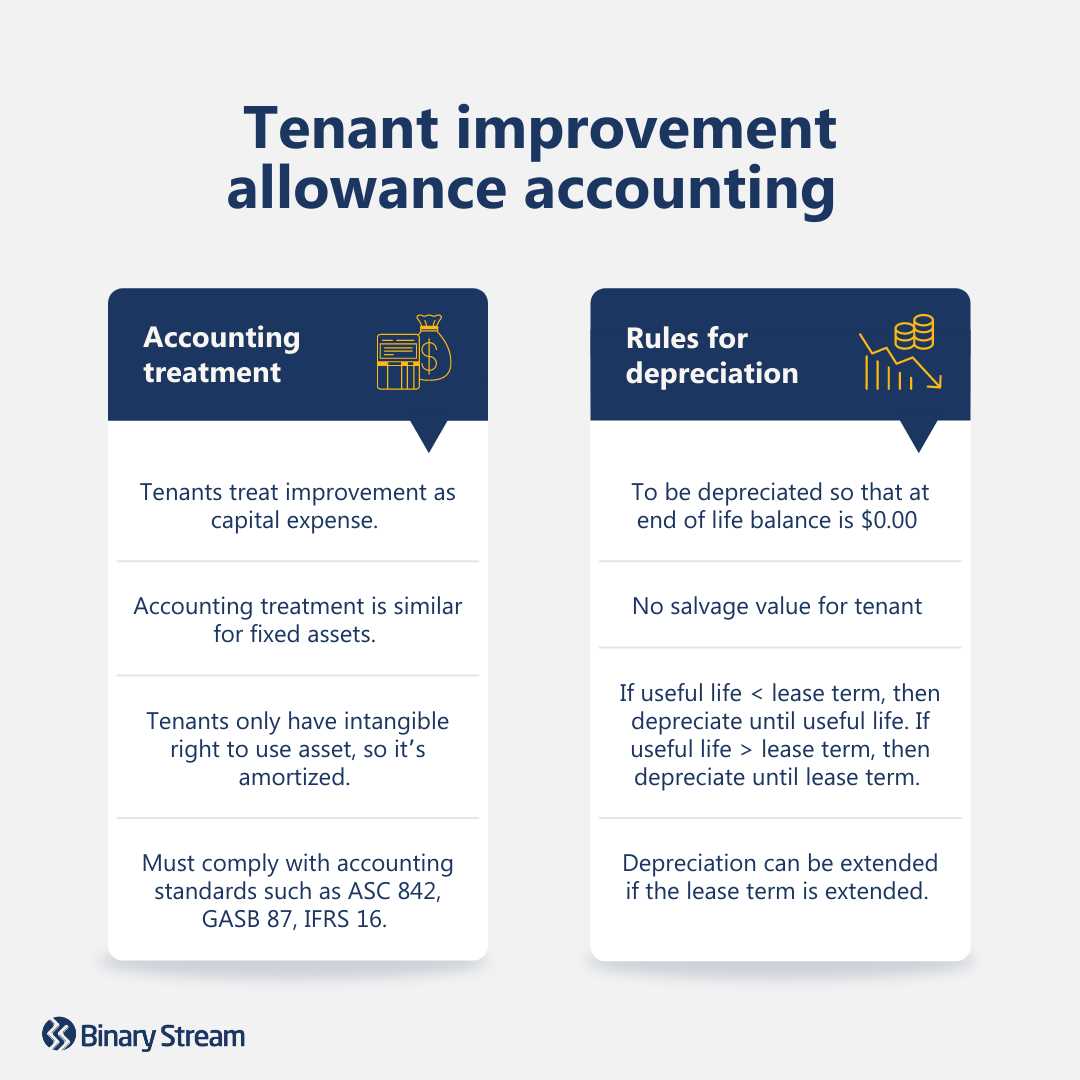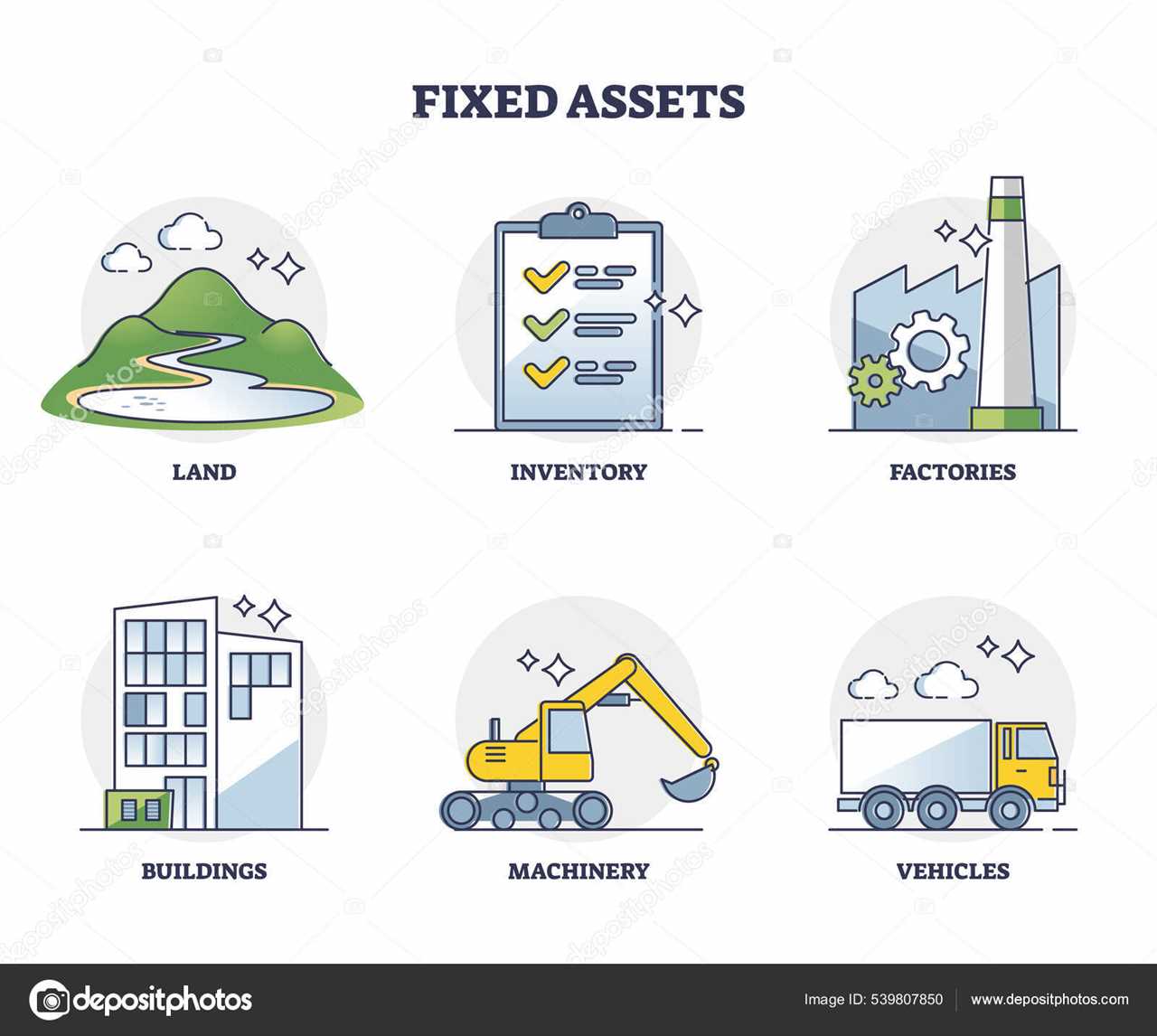Leasehold Assets: Types, Examples and FAQ
Leasehold assets are a type of asset that a company leases from another party for a specific period of time. These assets are not owned by the company, but they are used in its operations. Leasehold assets can include property, equipment, vehicles, and other tangible assets.
Types of Leasehold Assets
There are several types of leasehold assets that a company can acquire:
1. Land and Buildings: This includes leased land and buildings that are used for business purposes. Companies often lease office space, retail space, or manufacturing facilities.
2. Equipment: Companies may lease equipment such as machinery, computers, vehicles, or specialized tools needed for their operations. Leasing equipment can be a cost-effective alternative to purchasing it outright.
3. Furniture and Fixtures: This category includes leased furniture, fixtures, and other items that are used to furnish a leased space. It can include items such as desks, chairs, shelving units, and lighting fixtures.
4. Intellectual Property: Companies may also lease intellectual property rights, such as patents, trademarks, or copyrights, from other parties. This allows them to use the intellectual property without having to purchase it.
Examples of Leasehold Assets
Here are some examples of leasehold assets:
1. Office Space: A company leases office space in a commercial building to house its employees and conduct its business operations.
2. Manufacturing Equipment: A company leases specialized machinery and equipment needed for its manufacturing processes.
3. Retail Store: A company leases a retail space in a shopping mall to set up its store and sell its products.
4. Intellectual Property: A company leases the rights to use a patented technology in its products without having to purchase the patent.
Frequently Asked Questions about Leasehold Assets
1. Can leasehold assets be depreciated?
Yes, leasehold assets can be depreciated over the lease term. The depreciation expense is recognized as an operating expense on the company’s income statement.
2. Can leasehold assets be included in the company’s balance sheet?
Yes, leasehold assets are recorded on the company’s balance sheet as a long-term leasehold asset. The corresponding liability for the lease is also recorded.
3. Can leasehold assets be subleased?
Yes, in some cases, companies may sublease their leasehold assets to other parties. However, this is subject to the terms and conditions of the original lease agreement.
4. Can leasehold assets be purchased at the end of the lease term?
In some cases, companies may have the option to purchase the leasehold assets at the end of the lease term. This is typically specified in the lease agreement.
5. What happens to leasehold assets if the lease is terminated early?
If the lease is terminated early, the company may be required to return the leasehold assets to the lessor or negotiate a buyout agreement.
Types of Leasehold Assets
Leasehold assets are a type of long-term asset that a company leases rather than owns. These assets are typically used in the operation of the business and can include land, buildings, equipment, and vehicles. There are several types of leasehold assets that businesses may utilize:
1. Land Leasehold

A land leasehold refers to the leasing of a piece of land for a specific period of time. The lessee pays rent to the lessor in exchange for the use of the land. This type of leasehold asset is common in industries such as agriculture, real estate development, and mining.
2. Building Leasehold
3. Equipment Leasehold
4. Vehicle Leasehold
It is important for businesses to carefully consider the terms and conditions of lease agreements for these assets. Factors such as lease duration, rental payments, maintenance responsibilities, and renewal options should be thoroughly evaluated to ensure the leasehold assets meet the company’s operational needs and financial goals.
Examples of Leasehold Assets
Leasehold assets are a type of long-term asset that a company leases from another party. These assets can include buildings, land, equipment, vehicles, and more. Here are some examples of leasehold assets:
1. Office Space: A company may lease office space in a building to conduct its operations. This leasehold asset allows the company to have a physical location without the need for purchasing property.
2. Manufacturing Equipment: A manufacturing company may lease specialized equipment needed for its production process. By leasing this equipment, the company can avoid the high upfront costs of purchasing it outright.
3. Vehicles: Companies often lease vehicles for their transportation needs. This can include cars, trucks, or even airplanes. Leasing vehicles allows companies to have access to the necessary means of transportation without the burden of ownership.
4. Retail Space: Retail businesses often lease space in shopping malls or commercial buildings. This leasehold asset provides them with a prime location to attract customers and conduct their sales operations.
5. Technology Infrastructure: Companies may lease IT infrastructure, such as servers or data centers, to support their operations. This allows them to stay up to date with the latest technology without the need for significant upfront investments.
6. Agricultural Land: Agricultural companies may lease land for farming purposes. This leasehold asset allows them to cultivate crops or raise livestock without the need for purchasing land outright.
7. Intellectual Property: Companies may lease intellectual property rights, such as patents or trademarks, from other entities. This leasehold asset allows them to use the intellectual property for a specified period without the need for ownership.
8. Retail Fixtures: Retail businesses often lease fixtures, such as shelves or display cases, to showcase their products. This leasehold asset allows them to create an attractive and functional retail space without the need for purchasing fixtures.
These are just a few examples of leasehold assets. The specific types of leasehold assets a company may have will depend on its industry and operational needs. Leasehold assets provide companies with flexibility and cost-effectiveness, allowing them to access necessary resources without the burden of ownership.
Frequently Asked Questions about Leasehold Assets

Leasehold assets are an important aspect of accounting and finance. Here are some frequently asked questions about leasehold assets:
| Question | Answer |
|---|---|
| What are leasehold assets? | Leasehold assets are assets that a company leases from another party for a specific period of time. These assets are not owned by the company, but they are used in its operations. |
| What are the different types of leasehold assets? | There are various types of leasehold assets, including buildings, equipment, vehicles, and land. These assets can be leased for different purposes, such as office space, manufacturing facilities, or transportation. |
| How are leasehold assets accounted for? | Leasehold assets are typically accounted for as operating leases or finance leases. The accounting treatment depends on the terms and conditions of the lease agreement and the applicable accounting standards. |
| What are the advantages of leasehold assets? | Leasehold assets offer several advantages to companies, including flexibility, cost savings, and access to specialized assets. Leasing allows companies to use assets without the need for a large upfront investment. |
| What are the risks associated with leasehold assets? | |
| How are leasehold assets valued? | |
| Can leasehold assets be purchased? | In some cases, leasehold assets can be purchased by the lessee. This usually happens when the lease agreement includes an option to purchase the asset at the end of the lease term. The purchase price is typically determined in the lease agreement. |

Emily Bibb simplifies finance through bestselling books and articles, bridging complex concepts for everyday understanding. Engaging audiences via social media, she shares insights for financial success. Active in seminars and philanthropy, Bibb aims to create a more financially informed society, driven by her passion for empowering others.
